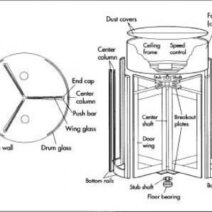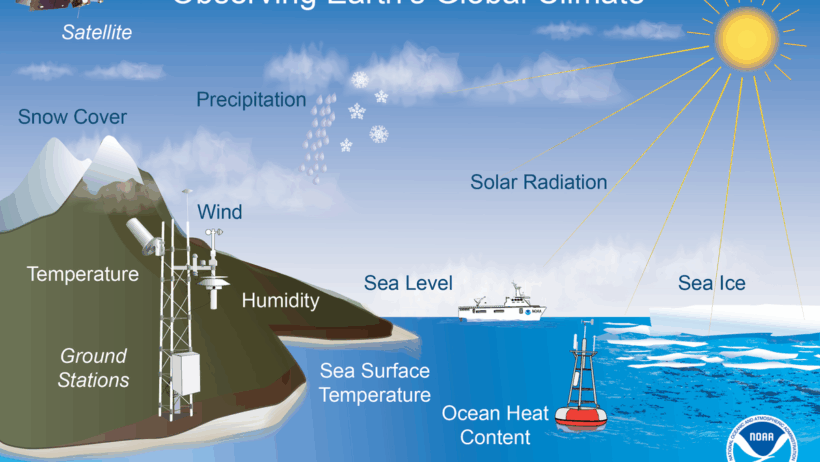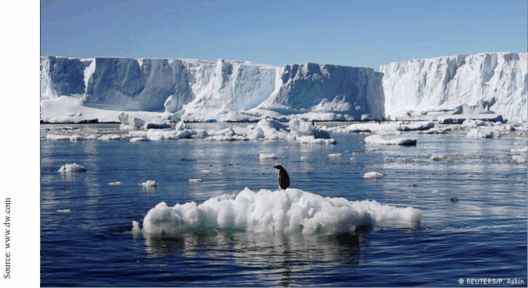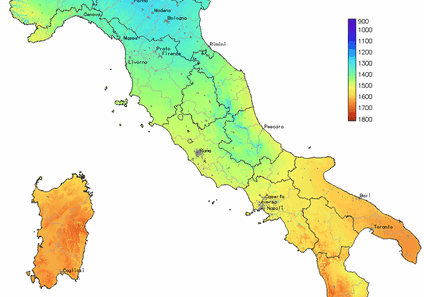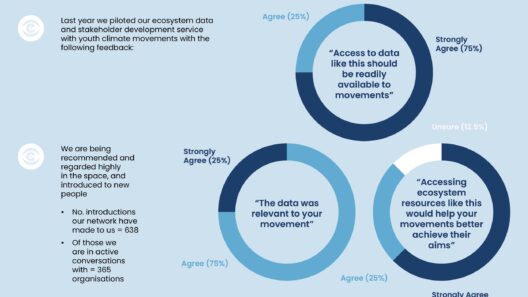Understanding the difference between weather and climate is crucial for grasping the challenges posed by our changing environment. While these terms are often used interchangeably in casual conversations, they embody distinct concepts that can significantly influence our planet and our lives. This article seeks to elucidate the differences, providing clarity on why they matter for individuals and communities concerned about environmental sustainability.
The essence of weather pertains to the short-term atmospheric conditions in a particular location. It is characterized by factors such as temperature, humidity, precipitation, and wind speed, which can fluctuate dramatically within hours or even minutes. For instance, a sunny morning can quickly transition into a torrential downpour by afternoon. Such variability showcases the dynamic nature of weather, highlighting its ephemeral quality. Weather forecasts, typically spanning a few days, help individuals prepare for specific conditions, whether that entails dressing for a chilly rain or planning a barbecue under sunny skies.
In contrast, climate refers to the average weather patterns observed over an extended period, typically 30 years or more, within a specific region. Climate encompasses the long-term statistics of temperature, humidity, wind patterns, and precipitation. For example, one might describe the climate of a tropical region as warm and humid, characterized by high levels of rainfall throughout the year contrasted with the arid desert climate, which is hot with minimal precipitation. Understanding climate allows scientists, policymakers, and the public to make informed assessments and adaptations regarding agricultural practices, infrastructure design, and disaster preparedness.
The Divergence in Timeframes
One of the fundamental differences lies in the timeframes considered. Weather provides an immediate snapshot, whereas climate demands a broader perspective. If one were to look at the weather on any given day, it could appear to vary widely—perhaps warm and sunny in one area and frigid and snowy in another. However, analyzing climate through statistical methods reveals consistent trends and averages, helping us to identify patterns such as seasonal changes and long-term shifts. This distinction is critical, particularly in the context of climate change, as it underscores the importance of focusing on longer-term trends rather than short-lived events.
Climate Change: An Urgent Concern
Recent years have brought an increased awareness of the implications of climate change—an issue characterized by rising global temperatures, shifting precipitation patterns, and extreme weather events. While individual weather occurrences cannot be directly attributed to climate change, the convergence of these patterns paints a broader picture of a changing climate. The frequency and intensity of hurricanes, droughts, and heatwaves, for instance, serve as alarming indicators that our climate is indeed changing at an unprecedented pace.
This is where an in-depth understanding of both weather and climate becomes paramount. Individuals and communities must realize that while we can adapt our behavior and preparations based on short-term weather forecasts, the lion’s share of our efforts should nestle in the long-term outcomes driven by climate science. Failure to differentiate between these concepts may lead to misguided beliefs that weather patterns alone can serve as a reliable indicator of future climate stability.
The Interconnectedness of Weather and Climate
Despite their differences, weather and climate are intricately linked. Short-term weather events can be influenced by long-term climate trends. For example, higher average global temperatures can lead to more extreme and unpredictable weather phenomena. Increased evaporation can heighten humidity levels, resulting in more intense storms. Thus, understanding climate is essential in predicting potential weather outcomes. The interplay between weather dynamics and climatic patterns underscores the need for meticulous observation and analysis in both fields.
Impacts on Human Activity
Recognizing the distinction between weather and climate also carries significant implications for various sectors, particularly agriculture, urban planning, and disaster response. Farmers rely heavily on weather forecasts for immediate planting and harvesting decisions but must also consider climate trends to ensure the sustainability of crops over seasons and years. Urban planners must assess both weather-related risks, such as flooding, and broader climate patterns to develop resilient infrastructure that can withstand changes over time.
The Essence of Education
Education plays a crucial role in narrowing the gap between public understanding of weather and climate. By promoting a clear understanding of these concepts, we foster a populace that is better equipped to engage in meaningful discussions about environmental policies and climate action. Implementing educational programs that delineate weather from climate equips individuals to understand the urgency of addressing climate change and motivates collective efforts towards sustainable living practices.
In conclusion, while weather and climate may seem synonymous, they are fundamentally different constructs that together inform our understanding of environmental processes. Weather serves as the daily fluctuating face of our atmosphere, while climate lays the groundwork for long-term environmental trends. The distinction is critical, particularly in addressing the urgent challenges posed by climate change. As our planet continues to evolve, cultivating an informed society is indispensable in navigating the complexities of our environment and eliciting comprehensive climate action. Embracing this knowledge is not merely beneficial; it is essential for fostering resilience, sustainability, and a shared commitment to our planet’s future.
